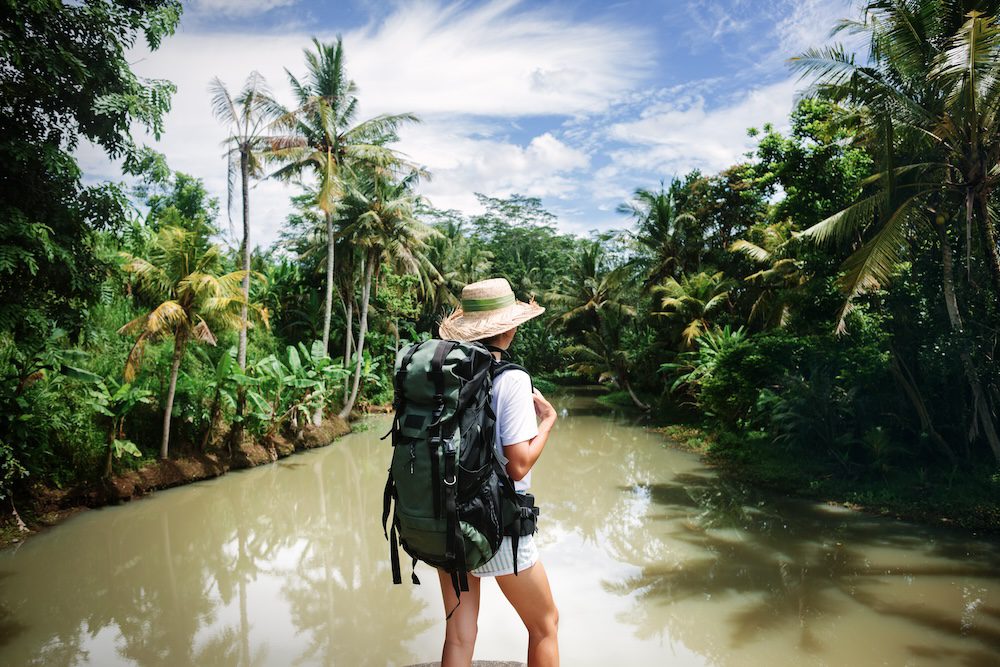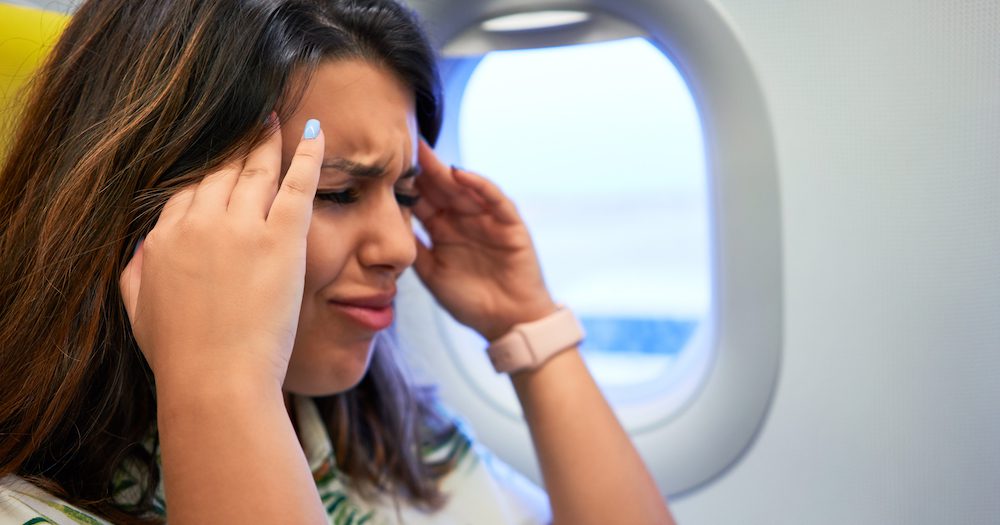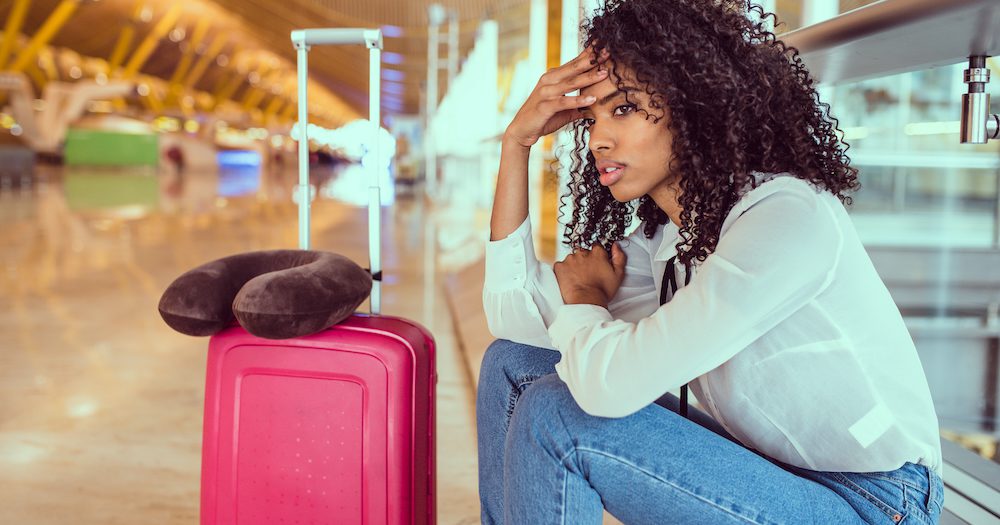One in six Australians (16 per cent) are travelling abroad without travel insurance, new research released by the Department of Foreign Affairs and Trade (DFAT) and the Insurance Council of Australia (ICA) has revealed.
The research, based on a survey of over 1,000 Australian residents who have travelled abroad in the past 12 months, found that those who are most likely to travel without insurance are Aussies under 30 (25 per cent), those from culturally diverse backgrounds (25 per cent) and individuals from lower-income households – earning less than $100,000 (22 per cent).
Among the main reasons cited for travelling without insurance, 29 per cent mentioned going to places they deemed safe, 27 per cent were unsure if it was necessary and 25 per cent simply didn’t consider it.
This underscores the importance of raising awareness within communities about the necessity of insurance.
Just one in seven (15 per cent) of those polled said they couldn’t afford travel insurance.

While these figures are alarming, and show that a lot of Australians are still taking unnecessary risks when jetting off, it could be worse – especially when you consider the staggering number of Aussies who consider travelling without insurance.
According to the research, nearly half (41 per cent) of Australians think about heading off overseas without any type of coverage.
Worse still, this number grows (to 46 per cent) for those with a household income of less than $100,000 and rises to more than half (54 per cent) for travellers aged under 30 years.
The top reason (24 per cent) Australians consider travelling without insurance is because they feel the destination is safe. This might be because they’ve visited before, have family there or simply perceive it as a safe destination.
The next biggest reasons were “If I was travelling to a country where I hold nationality/citizenship” (17 per cent) and “If I was going on a very short trip” (14 per cent).
Risk-takers

Even when DFAT issues a ‘do not travel’ (level four) alert for a destination, the report shows that one in four (27 per cent) Aussies would still consider travelling to that location, while most travellers (67 per cent) said they might still travel somewhere with a level three advisory of ‘reconsider your need to travel’.
Level three or four advice can limit the help the Australian Government can provide abroad and may even render travel insurance invalid.
An unexpected accident or illness can cost travellers a small fortune. With this in mind, DFAT urges all Australians travelling abroad to consider travel insurance.
“Travel doesn’t always go to plan. It’s essential to know the risks and ensure you’re covered if things go wrong,” it says on its Smartraveller website.
“Insurance isn’t an optional extra. Travel insurance is as vital as your passport.”
Be a Smartraveller
As well as sentiments around travel and travel insurance, the research also looked at opinions on Smartraveller – and found that the service “is a trusted source of advice”.
According to the research, most Australian travellers (67 per cent) visit the Smartraveller website before heading overseas.
Almost every visitor said it increased their awareness of risks relating to destinations (94 per cent) and better equipped them to manage dangers when travelling (92 per cent).
Price rise

According to Canstar research, the cost of travel insurance experienced double-digit growth in 2023, with the average policy rising 11 per cent from $337 to $375.
Earlier this year, Cover-More Travel Insurance shared some eye-wateringly expensive injuries for the costliest customer claims it encountered in 2023.
Bupa Travel Insurance also recently crunched the numbers to find the most frequently claimed items by Aussie travellers.







